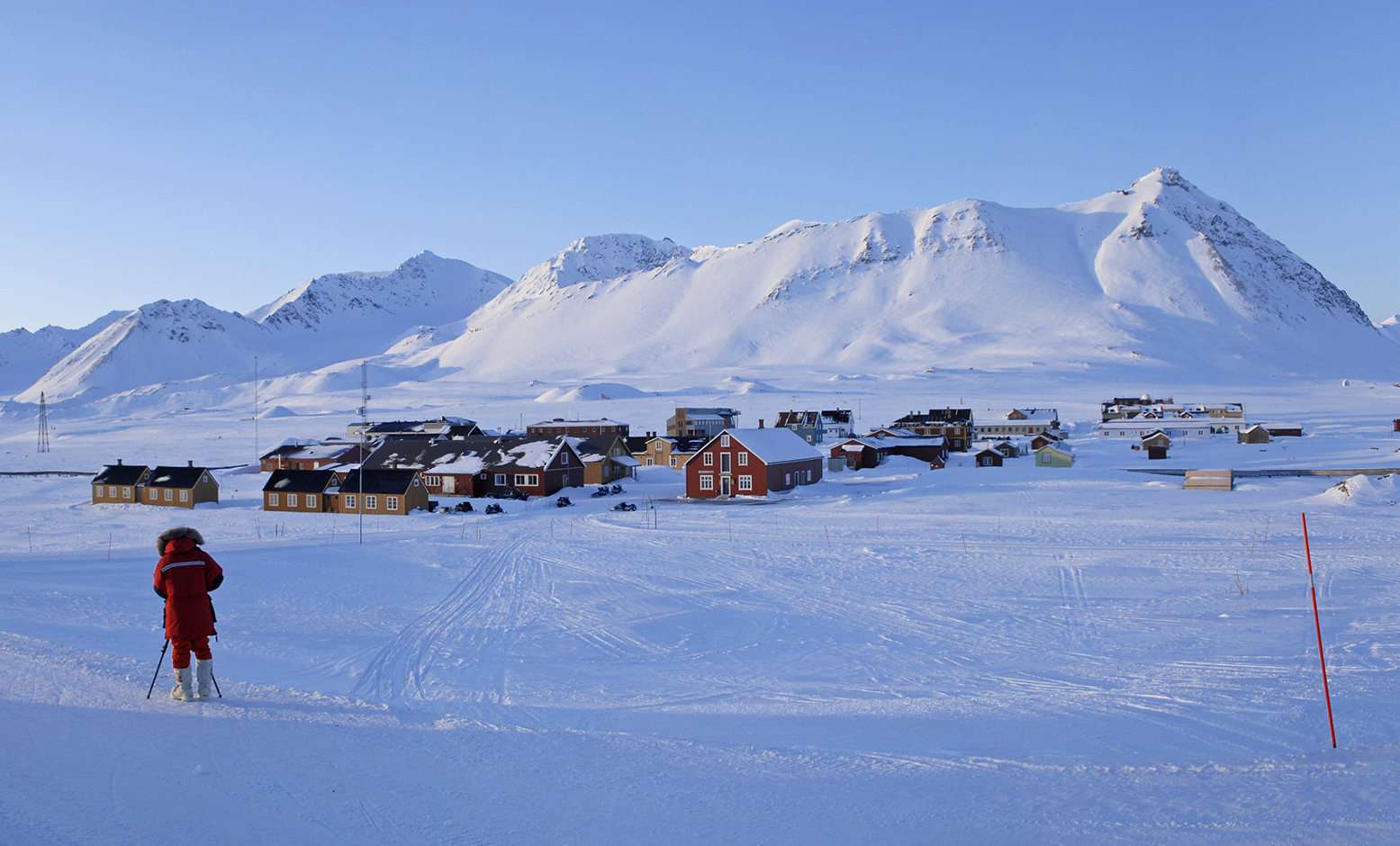Svalbard study finds high levels of pharmaceuticals in marine life
The drug remnants could be coming from untreated sewage.

Scientists in Svalbard seeking to understand the environmental impact of releasing wastewater directly into the ocean have found surprisingly high levels of pharmaceuticals in crustaceans there.
Although the concentrations identified by scientists with Norwegian research outfit Sintef were well below what can be considered hazardous, it is unknown whether they pass on the remnants of medicines in their system to the animals that consume them.
Few communities in the region are able to treat their sewage. As a result, wastewater is released directly into adjacent bodies of water. Previous studies have identified sewage as the source of high levels of microplastic pollution in these areas, and Sintef’s findings suggest that this is where the pharmaceuticals are coming from.
[Flushing raw sewage into the seas around Greenland isn’t as harmless as it once was]
The study, which focused on wastewater released into Kongsfjorden, a body of water adjacent to the settlement of Ny-Ålesund, is part of a wider project called ArcticPharma that is looking to identify levels of drug remnants in the waters around Svalbard and the impact they have on the environment.
“It’s easy to assume that this isn’t a problem because there are so few people who live in this area, but our findings show high levels of pharmaceuticals in the animals,” Ida Beathe Øverjordet, a research scientist with Sintef, said.
Humans expel the remnants of pharmaceuticals in waste and while filtration systems at sewage treatment facilities can remove or neutralize some of these chemicals, in areas where no such facilities exist, they remain in wastewater that then mixes with seawater.
As a result, the concentration of some types of medications is higher in the waters off Longyearbyen (pop. 2,400) than it is in the waters off Tromsø (pop. 70,000), according to Sintef.
[West Greenland’s plastic litter mostly comes from local sources, study finds]
Some medications, such as paracetamol, a pain reliever, break down relatively quickly and pose little harm. Other common painkillers, including ibuprofen, and anti-depressants remain in the environment much longer.
One possible source of the contamination could be cruise vessels; although they are not permitted to release wastewater near shore in Svalbard, the long lifespan of certain medications may mean that their remnants drift back towards land.
This would coincide with results suggesting that concentrations of medicinal remnants are higher in the summer, which Øverjordet reckons could be a result of the increase in the number of visitors and scientists who come to Svalbard to conduct research at that time of year.
In order to find out for sure, new studies will look into which medications people in the Svalbard use and then compare that with the chemicals that are found in sewage samples and in marine life.